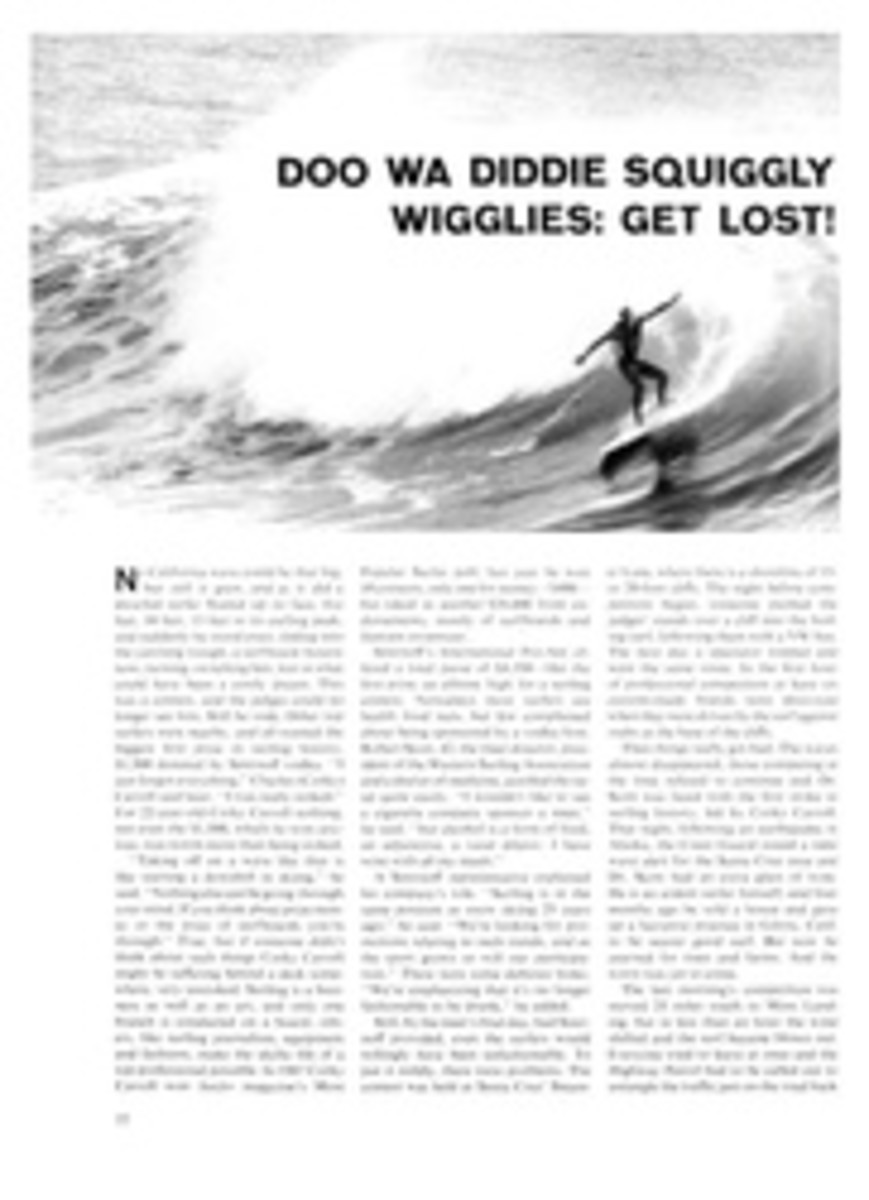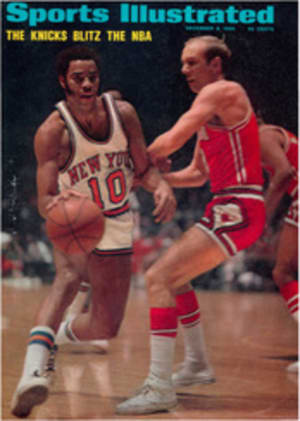
Novelties and reform spark a rich finale
The 1969 horse show season, despite the usual number of conflicting dates—California's Cow Palace show ran about the same time as New York's National, and the Harrisburg and Kansas City events overlapped—produced a number of innovations this fall. The National, for example, is now comfortably at home in the new Madison Square Garden and has added one feature that other shows should copy. It seems a small thing, but it can immeasurably increase spectator enjoyment.
After the international jumping course was set, Announcer Victor Hugo-Vidal Jr. went down into the ring, explained its difficulties and got pre-ride opinions from the competitors, thus turning an otherwise long, boring pause into an interlude of interest. Hugo-V dal, a successful professional horseman, could interpret the problems and challenges, but when the show's president, Walter Devereux, first asked him to do it he was embarrassed. "I didn't know whom to talk to in the audience," he said, "but then I decided to act as if I were explaining the course to one of my pupils." That worked very well and was enhanced by the fact that the course designer, England's Mrs. Pamela Carruthers, appearing at the Garden for the first time, was equally articulate. ("Who is the lady in the lamé dress and tennis shoes?" someone asked as she strode around the ring, shaking fences and measuring distances.)
Although a stranger to New York, Mrs. Carruthers, the only woman international course designer, is well known elsewhere in the show world. As a child she was already so preoccupied with riding that her parents shipped her off to school in France to forget horses. "Once there," she says, "I wrote pleading letters to both my mother and grandmother, saying that all the other girls had fur coats, and I needed one, too. So they both sent money for a coat and I spent it on a 2-year-old racehorse."
She first worked her new horse in dressage and then started jumping in ladies' classes until the war put a stop to that. After the war she bought a jumper named Galway Bay and competed internationally, never being out of the ribbons. "When I sold him I started course designing in a small way," she says. "Then 11 years ago I got my first big chance."
She was asked to do the show at Ascot, it was a huge success and she has since done all the European championships, the ladies' world championship and the Washington, D.C. show five years in a row. The ring at the National, long and narrow, presented difficulties for Mrs. Carruthers, but she put together some testing courses. The Prize of Nations, for example, took a heavy toll in faults, yet it had only two fences over the minimum height.
The competition that tackled her fences in the Garden was uneven and sometimes disappointing. There were teams from Argentina, Mexico, Canada and the U.S., and the Canadians, who had won the gold medal at Mexico City, did not supply the expected challenge. At the opening matinee Frank Chapot retired one trophy for the U.S., while Bill Steinkraus duplicated the feat that evening. And that, more or less, was the way it went for the rest of the week—a contest between Chapot and Steinkraus while the U.S. team pulled far ahead on points.
Billy, riding Bold Minstrel, finally won the international championship, which was no novelty to the 17-year-old gray thoroughbred gelding, who has been successful in several careers: as a three-day horse, a conformation hunter and international jumper. Two years ago. with Steinkraus aboard, he won the puissance, going over 7'3", to tie the old Garden record. Once known as Old Fatso because he ate everything, including his bedding, he has long since lost his middle-age bulge but not his versatility.
His rider, the U.S. team captain and Olympic gold medal winner, has had even more careers than Bold Minstrel. A member of the team since 1951, Billy has been in concert management, an investment analyst and a book editor. He also has written several books, plays the violin and the viola, is an amateur bookbinder and is fluent in several languages. On the last night, after Bold Minstrel had knocked down one pole, Steinkraus said, "It was my fault. I was thinking ahead to the next fence." As it turned out, the pole hardly mattered. Billy was easily the international champion and, for the second time, retired the trophy as leading U.S. rider.
The National was "fortunate in that management did not have to face one problem bedeviling other shows: there were no classes for the Tennessee Walking Horse, the breed that has been systematically tortured for well over a decade in order to achieve artificially an exaggerated running walk, (SI, July 21). Although there are rules against such treatment at all AHSA-approved events, few shows have ever enforced them and it was a pleasant surprise to find that the two preceding the National made every effort to do so. Prior to the Washington, D.C. show letters went to all exhibitors from the U.S. Department of Justice warning that the rules must be followed, and the American Royal in Kansas City stringently stuck to the book—much to the consternation of the judge of the division and many exhibitors. These exceptions only stress the need for Congress to pass the pending Tydings bill, which hopefully would eliminate the problem for good.

